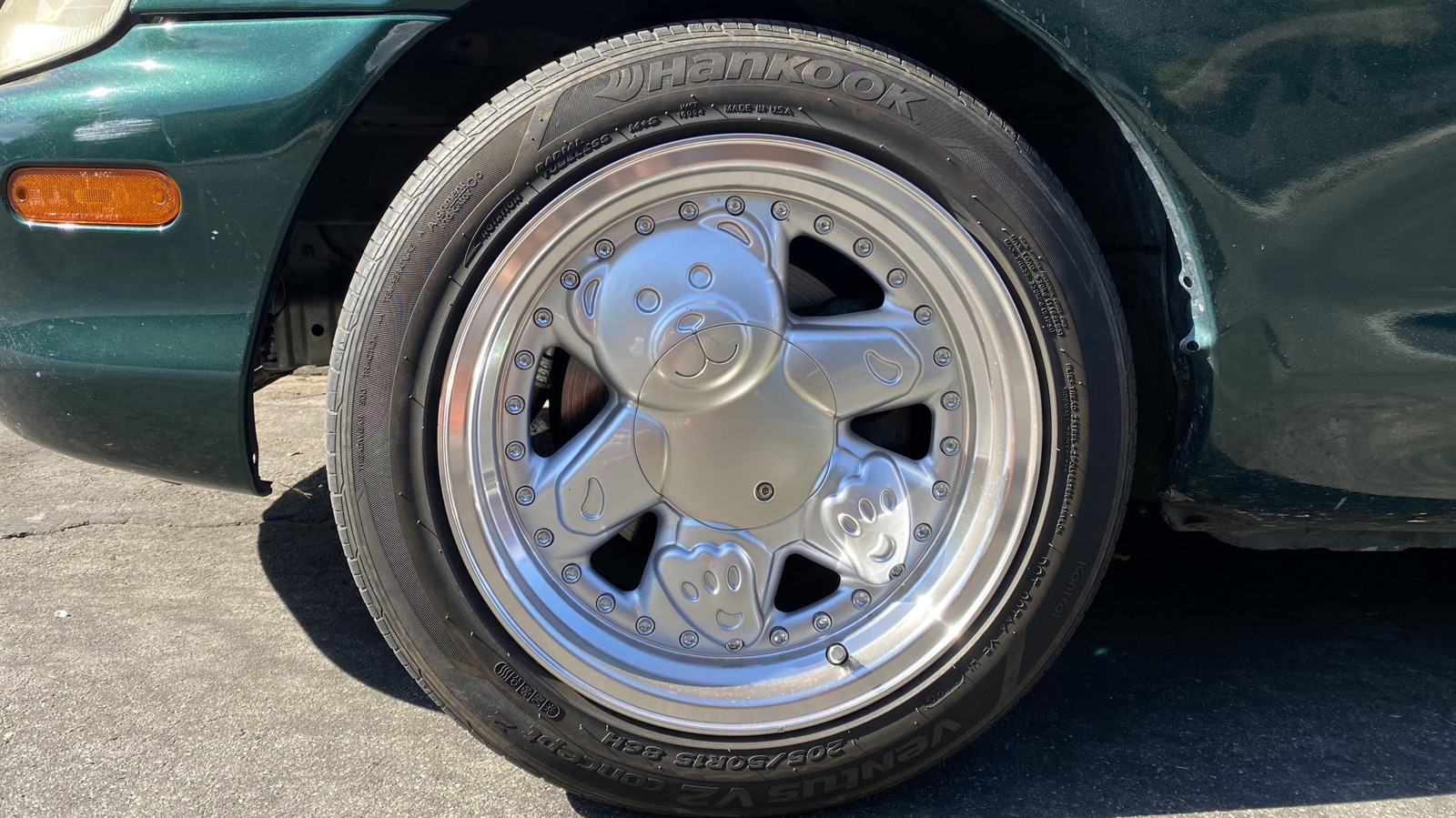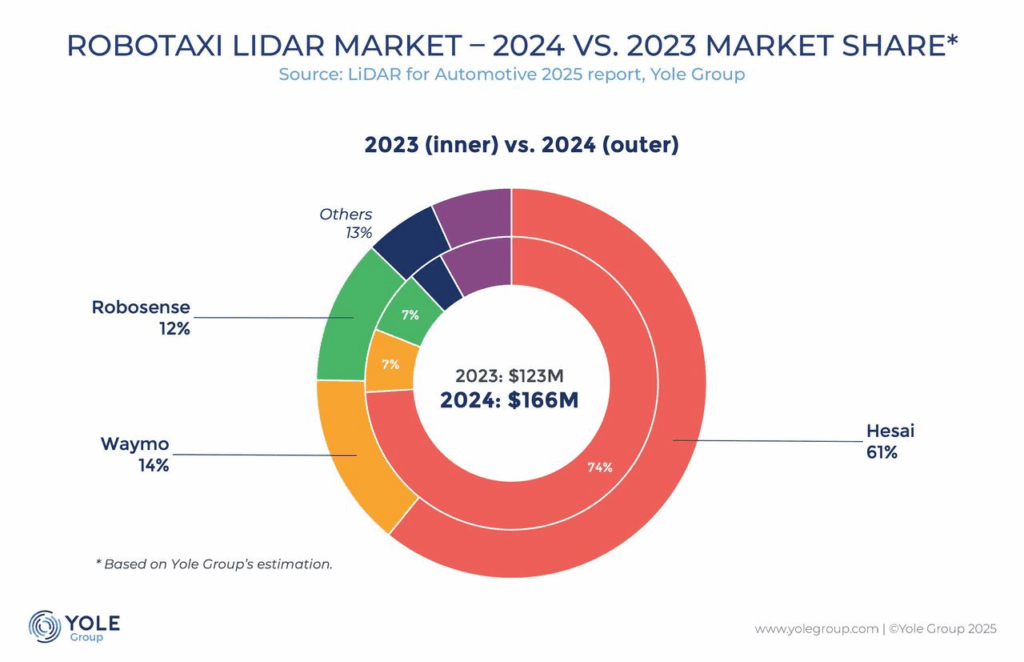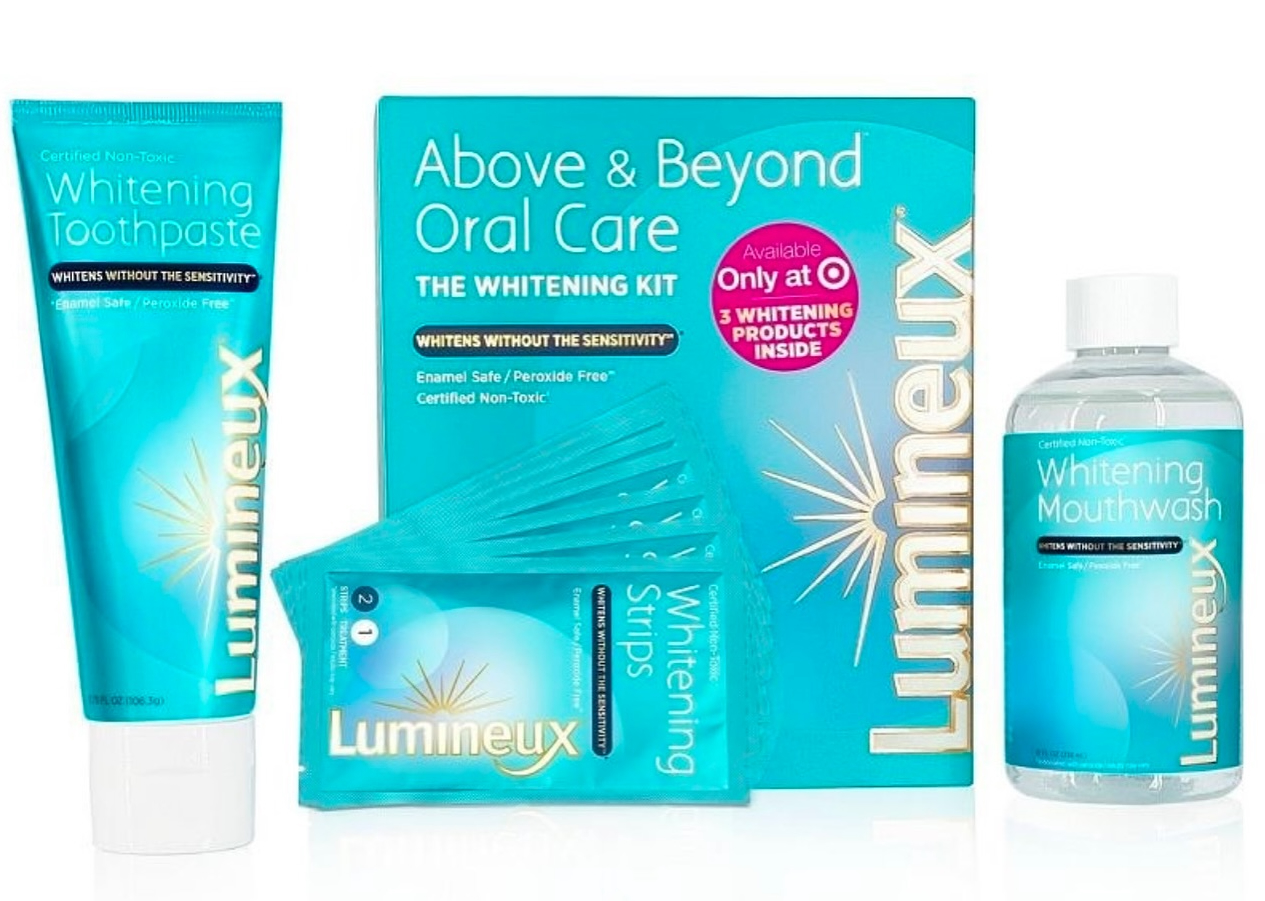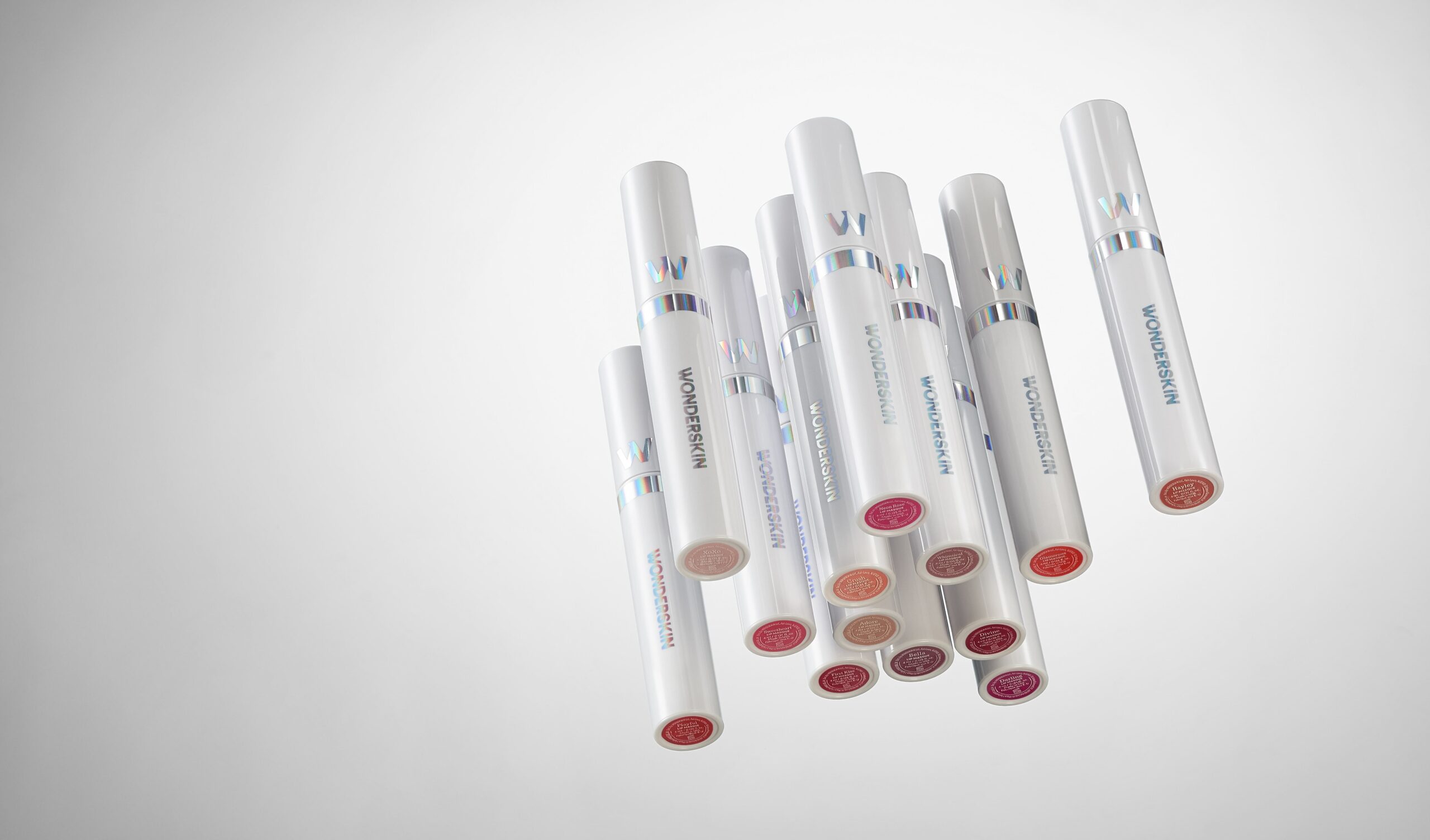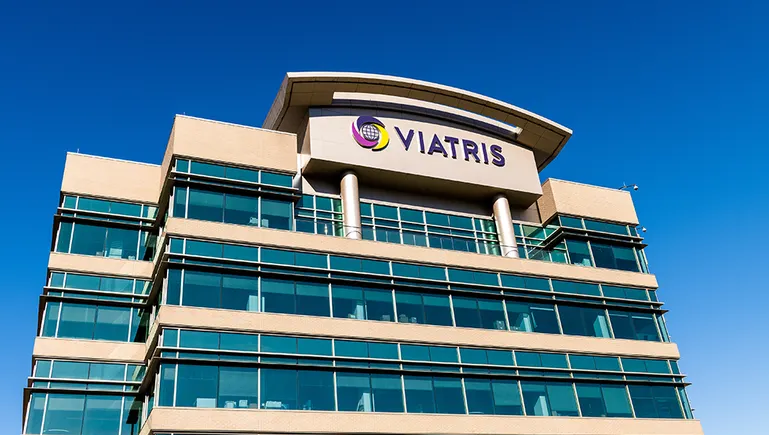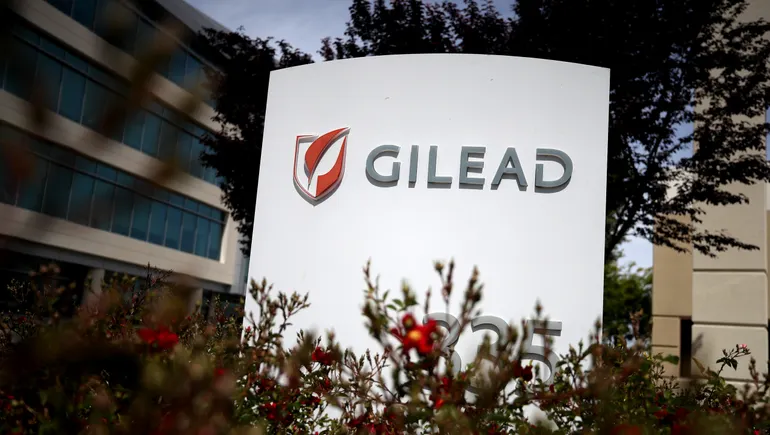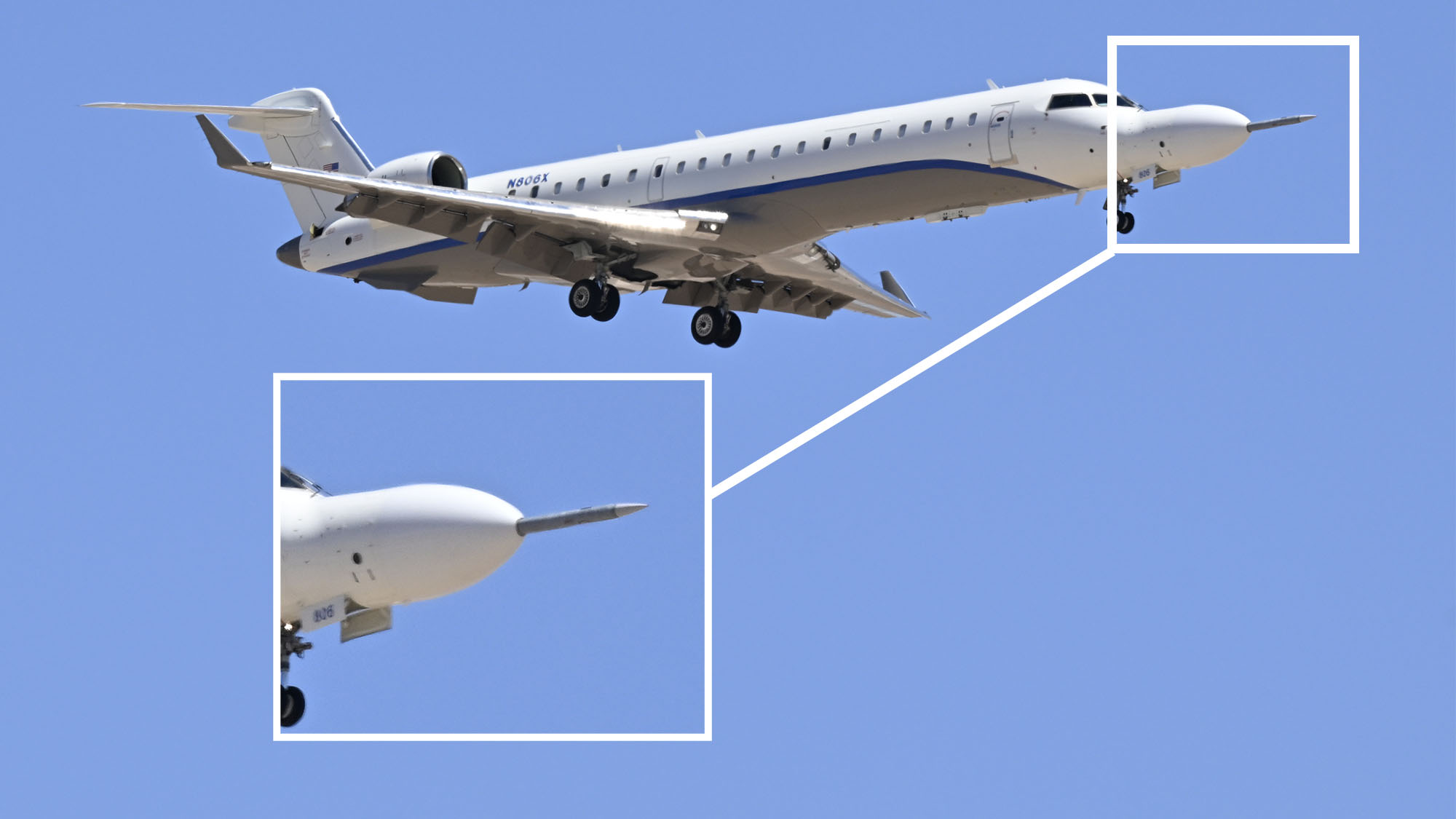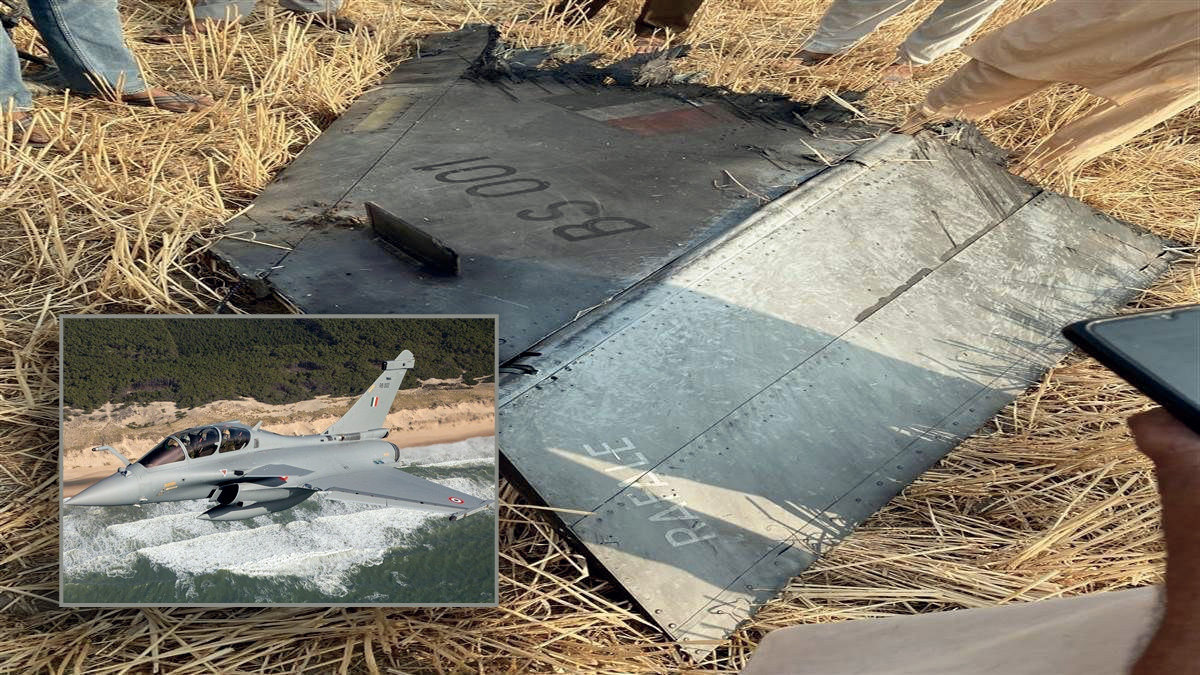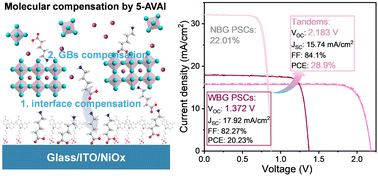How to Save on Commercial Truck Insurance in 2025 Without Cutting Corners
Commercial insurance rates have ballooned over the last few years. Small carriers can use some techniques to reduce their costs. The post How to Save on Commercial Truck Insurance in 2025 Without Cutting Corners appeared first on FreightWaves.

If you have opened a commercial truck insurance renewal this year and felt your stomach drop, you are not alone. Based on reported industry averages from late 2023 and early 2024, most one-truck operations were paying anywhere between $11,000 and $16,000 annually for primary liability and cargo coverage, depending on freight type and operating region. With modest increases expected through 2025, especially for new authorities and small fleets, many small carriers are now budgeting between $12,000 and $17,000 per truck or more depending on market. Early 2025 industry commentary points to continued upward pressure from repair costs, nuclear verdicts, and claims activity.
In short — the insurance market is tightening, and cutting corners is not the solution.
But building a smart, prepared strategy absolutely is.
In a recent episode of The Long Haul podcast, I sat down with Jessica Howington from United Commercial Insurance to unpack the real playbook for cutting insurance costs the right way.
If you are serious about protecting your business and keeping more money in your pocket this year, what we covered is not just important—it is essential.
Step One – Understand How Underwriters See You
Insurance pricing is not random.Underwriters evaluate risk based on cold, hard factors. When you understand what they are measuring, you can take control of the narrative.
The biggest underwriting factors for small carriers include:
- Years in business under your DOT number
- Driver MVRs (Motor Vehicle Records)
- Out-of-Service (OOS) percentages from inspections
- Cargo type and radius
- ELD data and safety scores
- Equipment age and maintenance records
If you do not know what your SMS (Safety Measurement System) scores look like right now, that is the first place to start.
Jessica emphasized it best on the podcast—underwriters are not just looking at you once a year anymore. They are watching your operation throughout the year.
Step Two – Build a Clean Driver File Before Quoting
One of the fastest ways to blow up your renewal price is sloppy driver qualification files.
Before you even request a renewal quote:
- Pull a fresh MVR for yourself and any drivers
- Conduct a mini audit of your DQ (Driver Qualification) files
- Document medical cards, previous employment verification, and drug/alcohol testing compliance
Underwriters assume disorganization equals risk. Show them you run a tight ship and watch your risk class (and premium) improve.
Step Three – Be Strategic About Equipment
Newer trucks with modern safety equipment are almost always cheaper to insure. But even if you are running a 2016 or 2017 model, you can improve your position.
Make sure your equipment is outfitted with:
- Forward-facing cameras (even better if event-triggered)
- Telematics with real-time tracking
- Automatic braking or lane departure warning systems
And—critically—document it. Send photos and spec sheets to your agent when requesting quotes.
We spoke with one fleet owner who shaved 6 percent off his liability premium just by proving his trucks had forward collision avoidance systems installed.
Over a small fleet, that adds up fast.
Step Four – Watch Your Radius
The further you run, the more expensive your coverage gets.
Carriers operating over 500 miles radius are rated higher than regional or local operators.
If you primarily run:
- 0–300 miles: you are in the best bracket
- 301–500 miles: moderate bracket
- 500+ miles: highest risk bracket
Pro Tip:
If your operation has shifted and you now run shorter hauls, update your filings and policy radius.
Carriers have saved 15 percent or more on premiums simply by aligning their stated radius with reality.
Jessica confirmed on the podcast that underwriters increasingly cross-check ELD data against declared operating radius.
Do not just claim local—prove it.
Step Five – Use a Real Insurance Broker Who Shops the Right Markets
Not every insurance broker has access to the markets you need.
And not every broker truly understands trucking.
Jessica stressed this point: A bad insurance broker can cost you thousands in unnecessary premiums.
You want a broker who:
- Works specifically with transportation insurance
- Accesses specialized programs like Canal, National Indemnity, Great West, etc
- Understands how to package your company story correctly to underwriters
Step Six – Bundle and Layer Policies Smartly
Bundling does not just apply to your personal home and auto. Bundling your trucking coverages can reduce premium creep too.
Smart bundling strategies include:
- Primary Auto Liability + Cargo + Physical Damage all under one carrier
- Adding Non-Trucking Liability (bobtail) where needed
- Gap coverage for newer trucks financed or leased
Layering umbrella policies strategically (especially if you are running contracts with shipper requirements) can also prevent costly last-minute add-ons.
Jessica pointed out that layering policies incorrectly can trigger automatic surcharges at renewal because of perceived risk fragmentation.
A clean, bundled policy package with one or two insurers shows stability—and underwriters reward it.
Step Seven – Ask for a Risk Management Discount
One of the least used tools in small carrier insurance quoting is proactive risk management programs.
If you:
- Conduct quarterly driver training (even self-administered)
- Have written policies on distracted driving, fatigue, inspections
- Track and report safety meetings
You can request a “risk management” discount when quoting.
Jessica said it plainly—most small carriers never ask, and underwriters will not offer it unless you bring it up.
Typical savings:
- 2–5 percent off liability premium
- Higher acceptance rates for preferred market placement
And you do not need a massive program. Even basic safety meeting logs and documented reminders qualify.
Step Eight – Time Your Renewals Right
Timing matters.
The longer you wait to start your renewal process, the worse your quotes will be.
Best practice:
- Start renewal quoting 90–120 days before expiration
- Allow brokers enough time to shop the best markets (insurance carriers)
- Review your renewal terms at least 30 days before effective date
Jessica shared a case where a carrier who started quoting 45 days out got 3 quotes, while another who waited until 15 days out got one overpriced offer—and had no leverage.
Underwriters see late renewals as risky and price accordingly.
Final Word
Commercial truck insurance is one of your top three expenses, right up there with fuel and equipment financing. In 2025, beating the renewal game is about more than just shopping around.
It is about managing your risk better, presenting your operation better, and choosing the right broker to fight for the best rates.
Small actions like pulling fresh MVRs,updating your safety program, installing simple dash cams, and updating your radius filings can put thousands of dollars back into your business annually.
And like we covered with Jessica on The Long Haul:
“The carriers who plan ahead and manage their operation proactively are the ones who stay in business when others fold.”
The hard truth is that insurance companies reward carriers who make their jobs easier. When you run tight, organized, and consistent, you become a low-risk bet—and low risk equals lower premiums.
The work you put in now pays you back at renewal time.
And in this market, every dollar matters.
The post How to Save on Commercial Truck Insurance in 2025 Without Cutting Corners appeared first on FreightWaves.







